Chemistry and Chemical Biology researchers are driving emerging fields of science and technology that lie at the intersection between chemistry and biotechnology, energy sciences, physics, biochemistry, computational methods, and materials science and nanotechnology.
Research
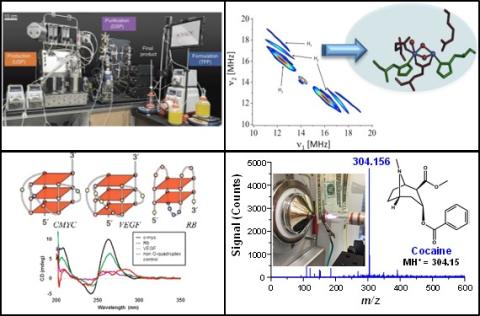
The disciplines of analytical and bioanalytical chemistry aim to improve/expand methods and/or develop new instrumentation for chemical and biochemical analyses. These new tools and methods are then applied to new or complex chemical problems.
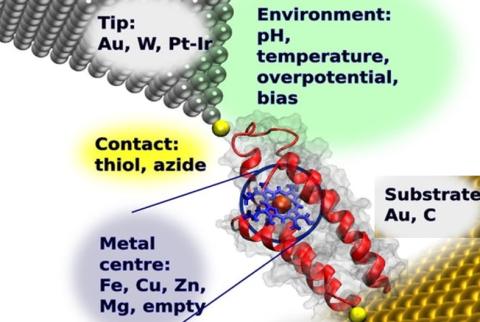
The Biophysics, Biochemistry and Chemical Biology division is focused on elucidating the mechanisms of energy conversion and ion transport, capture, detection, folding and stability of proteins, developing enzymatic biosyntheses in vitro and designing functional aptamers as diagnostics and therapeutics.
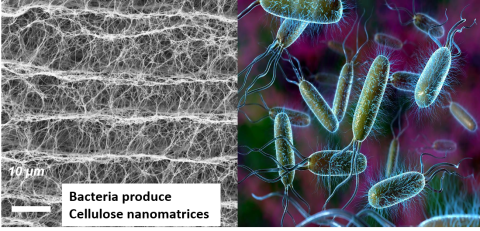
Biotechnology harnesses cellular and biomolecular processes to develop products that help improve our lives and the health of our planet. This includes genetic engineering as well as cell and tissue culture technologies.
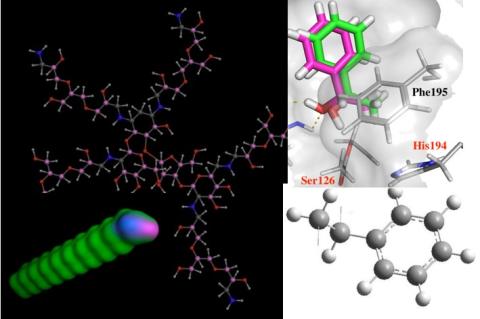
Computational chemistry is a branch of chemistry that uses computer simulations or descriptor-based machine learning/artificial intelligence techniques to assist in solving chemical problems. Scientists incorporate methods of theoretical chemistry into efficient computer programs to calculate the structures and properties of molecules and solids.
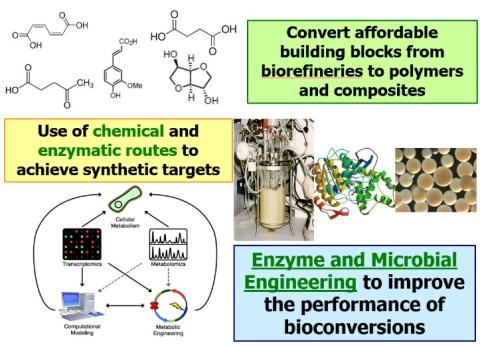
Sustainability is based on a simple principle: everything that we need for our survival and well-being depends, either directly or indirectly, on our natural environment. To pursue sustainability is to create and maintain the conditions under which humans and nature can exist in productive harmony to support present and future generations.
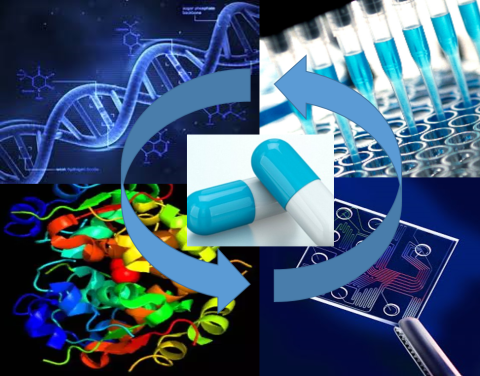
Organic chemistry, a major chemical discipline for over a century, focuses on the chemistry of carbon, developing new reactions, understanding their mechanisms, and applying this knowledge to the synthesis of natural and unnatural products. Our department has historical strengths in the synthesis of synthetic and natural polymers and bioactive molecules, such as drugs.
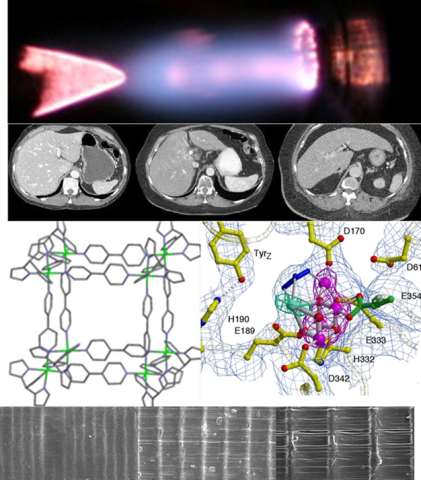
Physical and Inorganic Chemistry research programs seek to understand physicochemical properties of substances from the atomic and molecular level to macroscopic scale. Faculty employ advanced spectroscopic, computational, synthetic, and characterization methods to address problems in solar energy conversion and artificial photosynthesis, nanomaterial self-assembly and medical imaging, non-linear optics, and chemical instrumentation, among others.
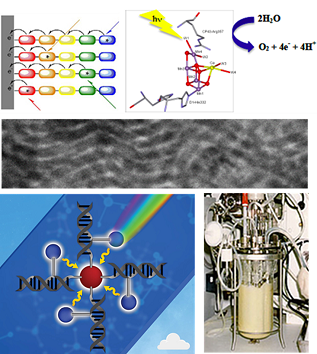
Polymers, Materials and Energy research programs seek to understand how to design novel materials for discovery, development and structure/property optimization in clean and renewable energy, advanced manufacturing, sustainable technology and nanobiotechnology applications. Both natural and synthetic polymers and novel materials are exploited while using a wide range of experimental and computational methods.

Chemistry and Chemical Biology are committed to promote Science, Technology, Engineering and Math (STEM) education and outreach by a variety of programs, such as I-PERSIST Mentor Program, Rensselaer Chemistry Society (RCS) and Summer@Rensselaer Program.
